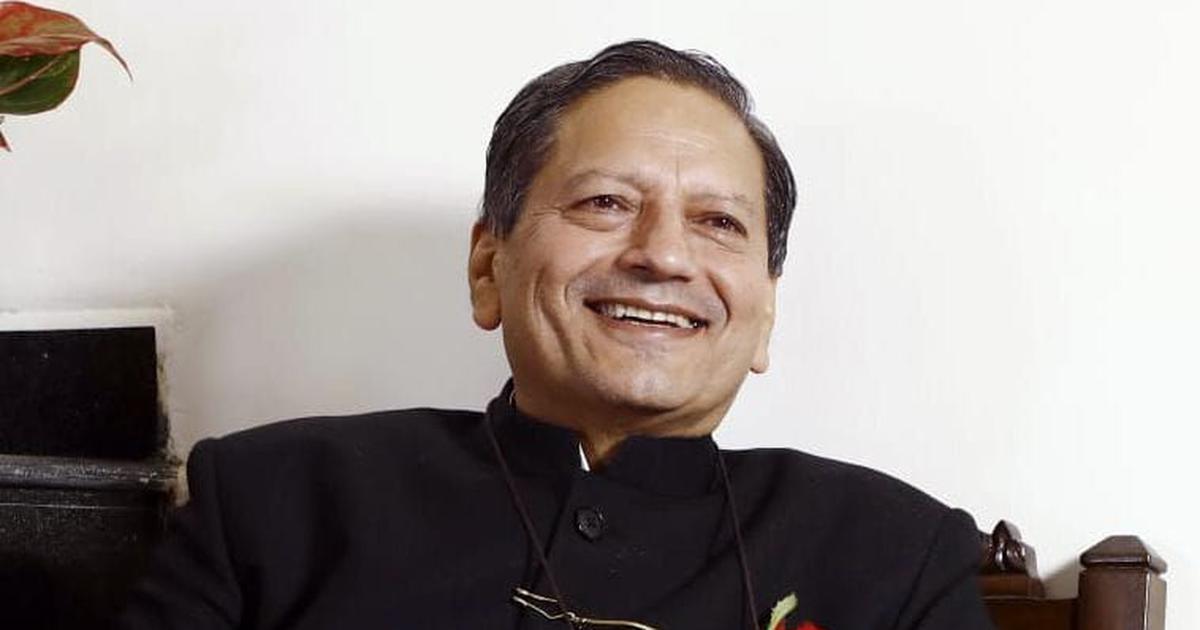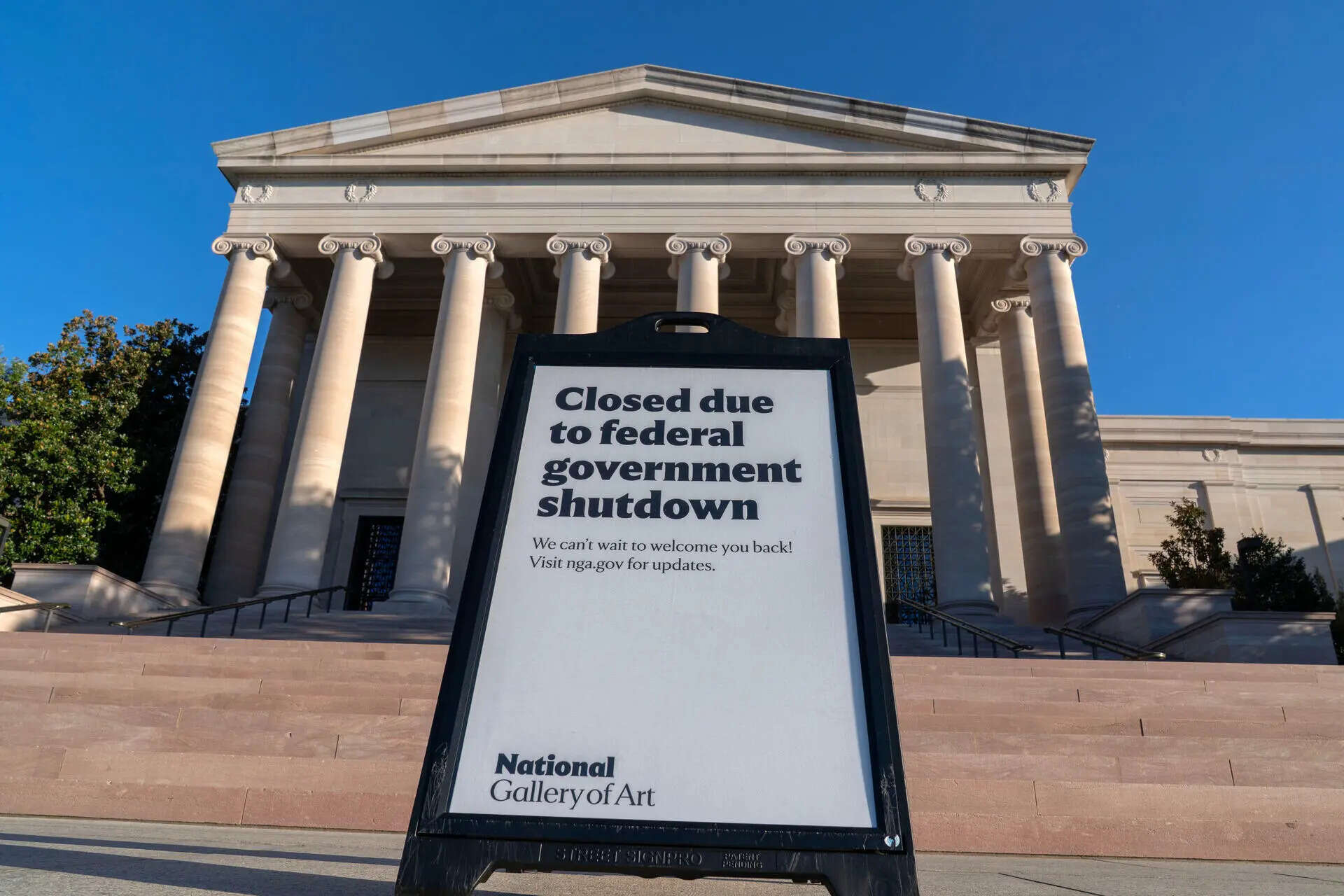‘Ghostly Past, Capitalist Presence’: How colonial Bengal’s ghosts tell the story of modern India

Join our WhatsApp Community to receive travel deals, free stays, and special offers!
- Join Now -
Join our WhatsApp Community to receive travel deals, free stays, and special offers!
- Join Now -

In 1940, Rabindranath Tagore wrote about his childhood companion – a Brahmadaitya, a saintly Brahmin ghost who lived peacefully in a nut tree at the family’s Jorasanko mansion. This benevolent spirit would stretch his legs between the tree and the terrace, observing human life with philosophical detachment until electric lights arrived in Calcutta. “There is more light now,” Tagore noted with melancholy, “both inside and outside.” The Brahmadaitya had vanished.
Taking ghosts seriously
What happened to Bengal's ghosts when modernity arrived? This question animates Tithi Bhattacharya’s remarkable Ghostly Past, Capitalist Presence, a work that uses supernatural beliefs as an unexpected window into the profound transformations of 19th-century Bengali society. The result is cultural history at its most inventive – a book that takes ghosts seriously, not as folklore curiosities but as historical actors whose changing fortunes reveal how colonialism reshaped everything from urban planning to ideas about death.
Bhattacharya’s central insight is that the transformation of Bengal’s supernatural landscape mirrors the broader violence of capitalist modernity. The diverse, localised beings of precolonial Bengal – bhuts who conducted elaborate business transactions, petnis who gave birth to baby ghosts, dakinis who accompanied goddesses into battle – were systematically replaced by refined “spirits” who could be summoned through scientific séances and...
Read more
What's Your Reaction?
 Like
0
Like
0
 Dislike
0
Dislike
0
 Love
0
Love
0
 Funny
0
Funny
0
 Angry
0
Angry
0
 Sad
0
Sad
0
 Wow
0
Wow
0






















































